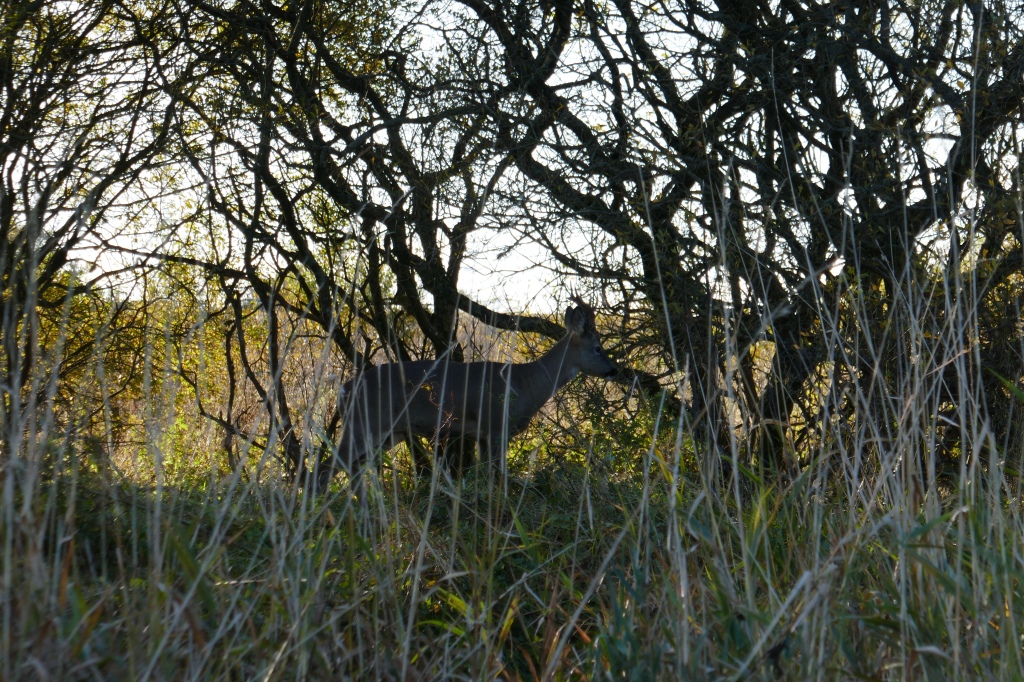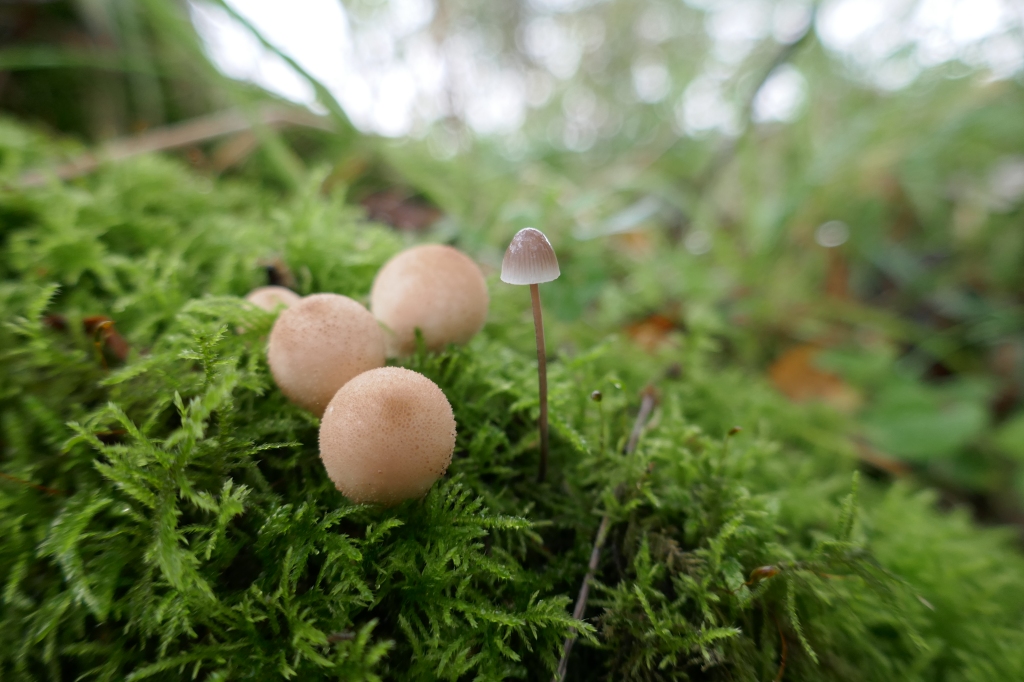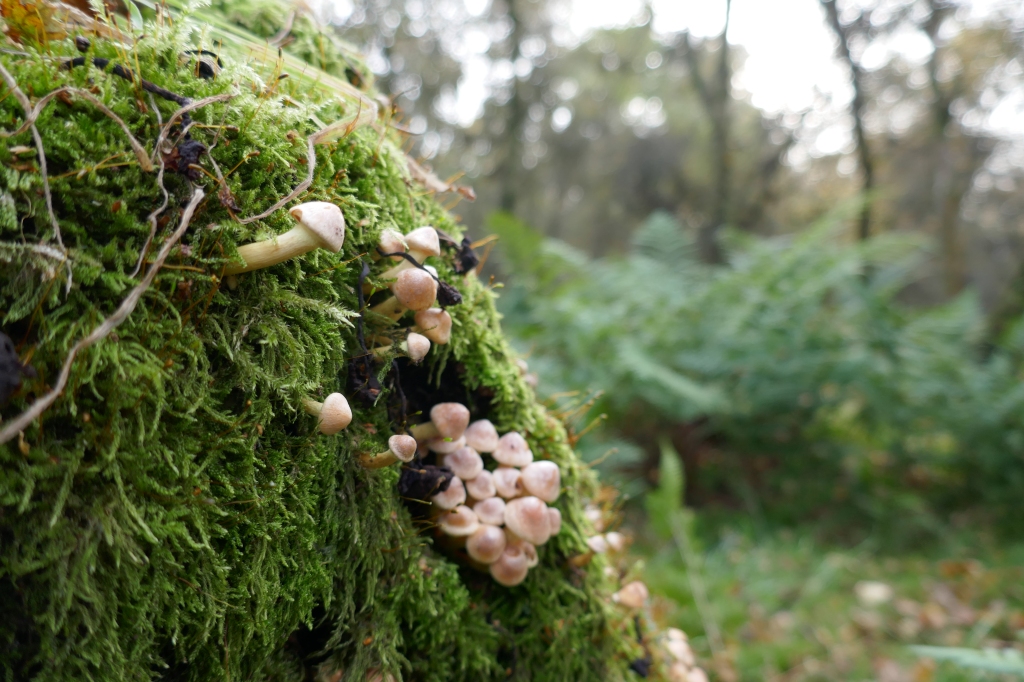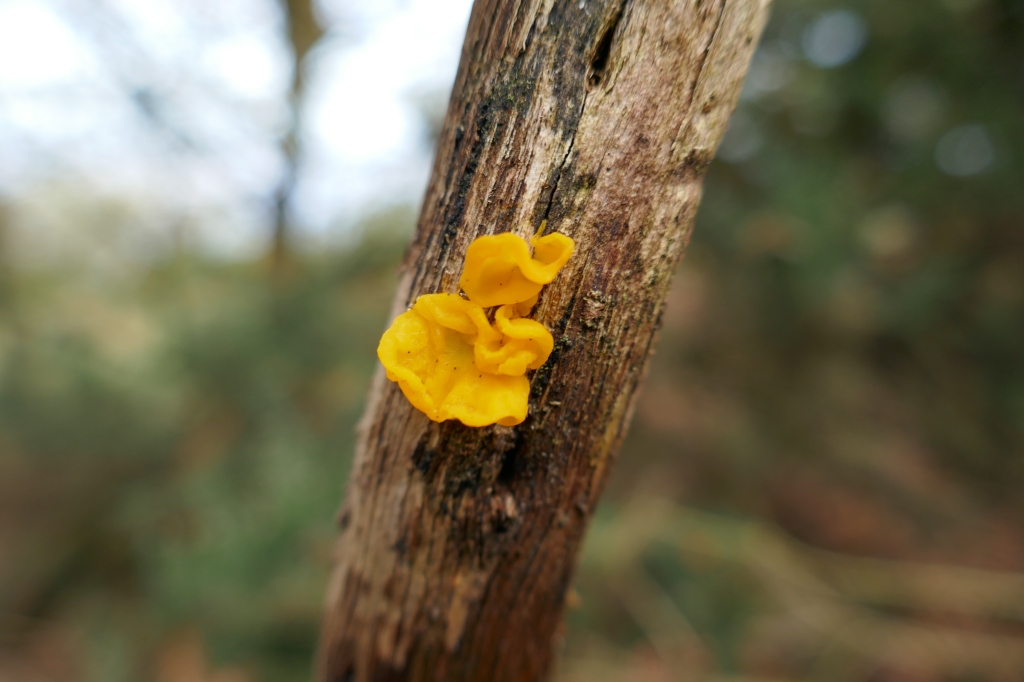Last week Storm Babet hit the country very hard, and Loch Leven NNR was no exception. As of Saturday, all trees have been cleared from the trail, so we can return to a state of almost normalcy. This week’s blog is not going to focus on the storm, and is instead a selection of photos taken after the storm of all the wonders you can see at Loch Leven right now! Starting with the high loch level recently…

One thing that is always about at this time of year is the Pink-footed Geese, and I’ve enjoyed watching them fly overhead while out working during the day.



This morning, I got to Kirkgate park early and watched some of them take off from Scart island – although the weather was a bit horrible so it took a while for them all to leave! This is not a great photo but should show them all in a big raft beside the island, with some readying for takeoff.

And it’s not just the geese – there are loads of ducks out there right now. I enjoyed watching this group of (mainly) tufties hanging out by green isle at Burleigh the other day.

And these pochard were close in at Findatie too, so allowed for a slightly better picture. I love seeing that striking red head against their grey body – they do stand out.

One species I’ve noticed I’m seeing a lot of is Little Grebe. You can often seeing a wee group hanging out by the Phoenix hide – and this one got very close!

Loch Leven is obviously known for it’s waterbirds, but this week I’ve enjoyed watching the arrival of the Redwing and Fieldfare. Seeing them flying overhead in large numbers or feeding on berries around the reserve has brought a smile to my face! Redwing can be spotted by their eyestripe and red underwing, and their ‘tseep’ call as they fly overhead.


Fieldfare, however, look very different with a grey head and buffish breast. They can also be seen in large numbers flying over the reserve, but make a ‘chack-chack’ call as they do.




Both Redwing and Fieldfare are in the thrush family (along with song thrush, mistle thrush, blackbird) and have migrated from Scandinavia to spend the winter in the UK. Some of the blackbirds we see at this time of year have also migrated and are known as ‘continental blackbirds’. Although not always an accurate identification feature, blackbirds with all black bills (as opposed to orange bills) could be birds that have migrated here this winter, such as this one.

These wintering thrushes were putting on quite a show at Burleigh the other day so here’s a short video of some of the action on one hawthorn tree!
In other news, as well as lots of interesting birds on the reserve, I’ve also been getting close views of our mammal species such as red squirrel and roe deer this week.


And of course I have to include some fungi I’ve spotted recently too.






And the trees are looking more autumnal every day now as well, so here’s some more pictures of some colourful leaves!



I will leave you with a scenic photo of Castle Island when the weather was better – I hope we get more good weather soon!


Thank you for this newsletter. Really interesting to see what is happening at the loch.
What an interesting variety of fungi 🙂